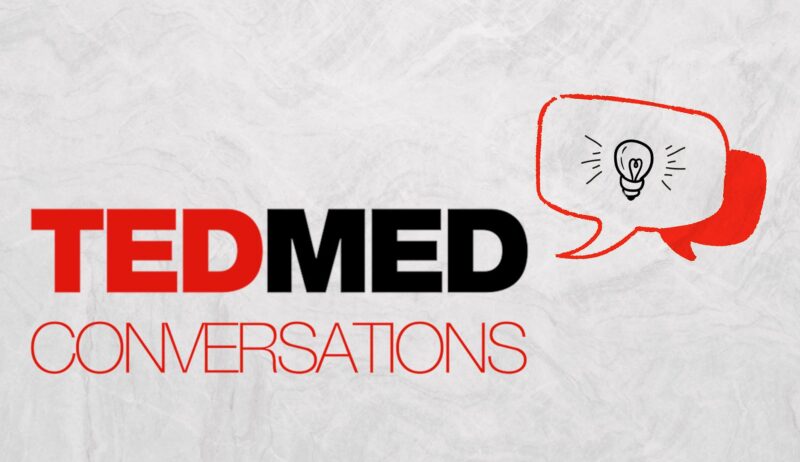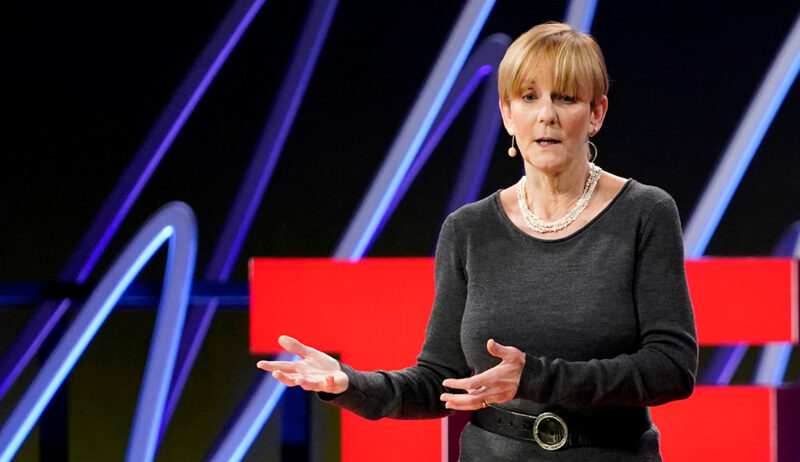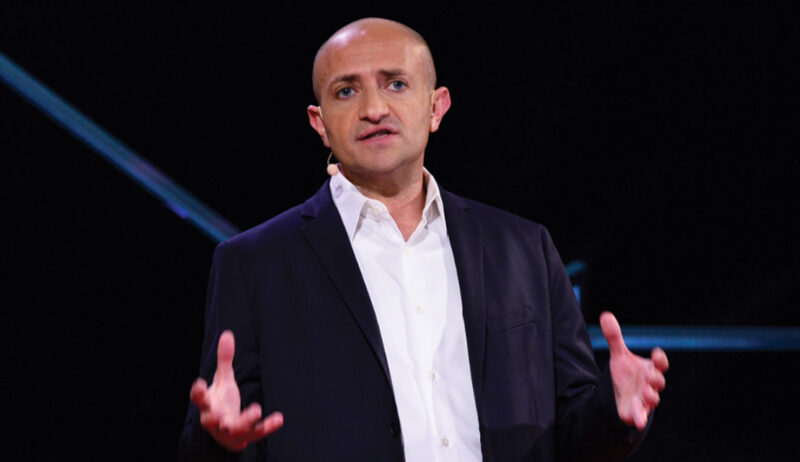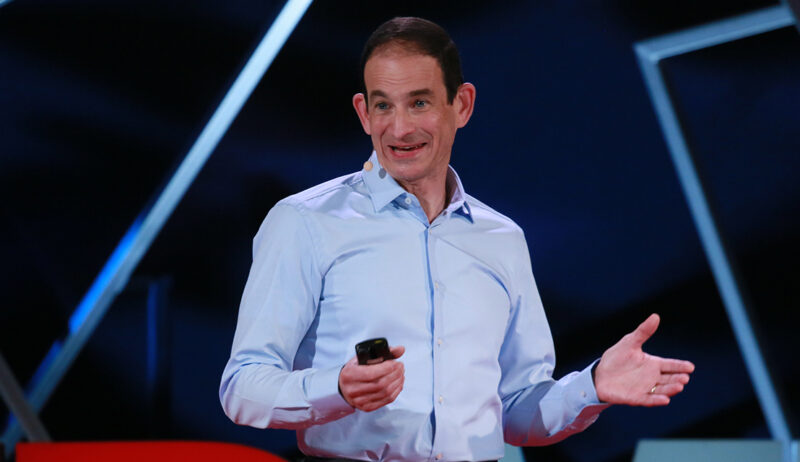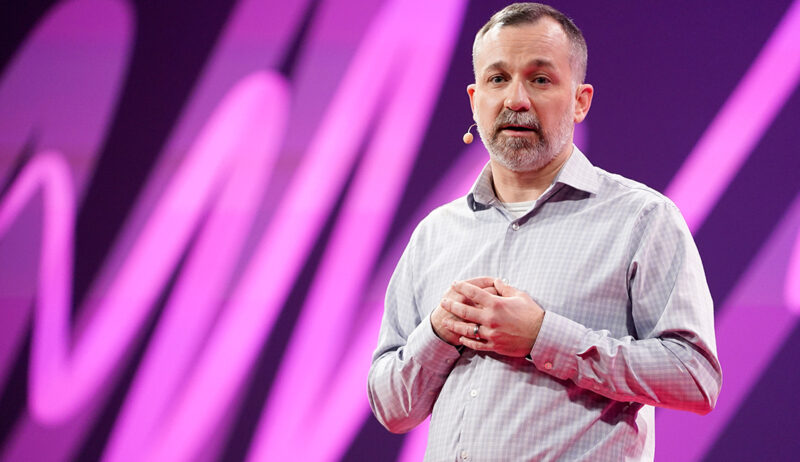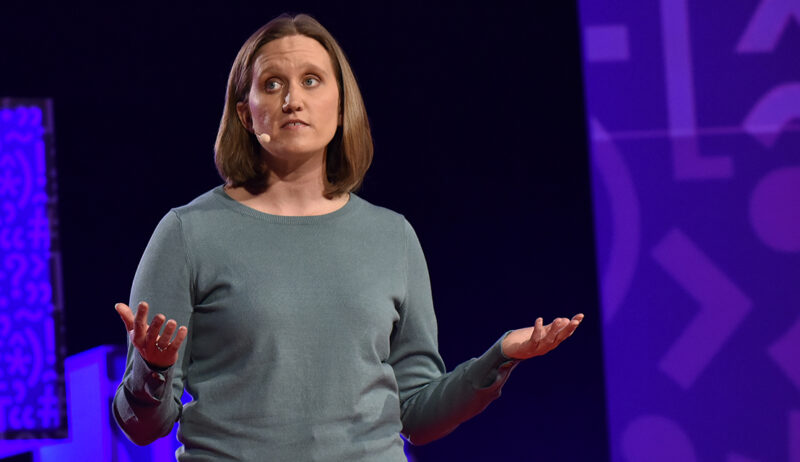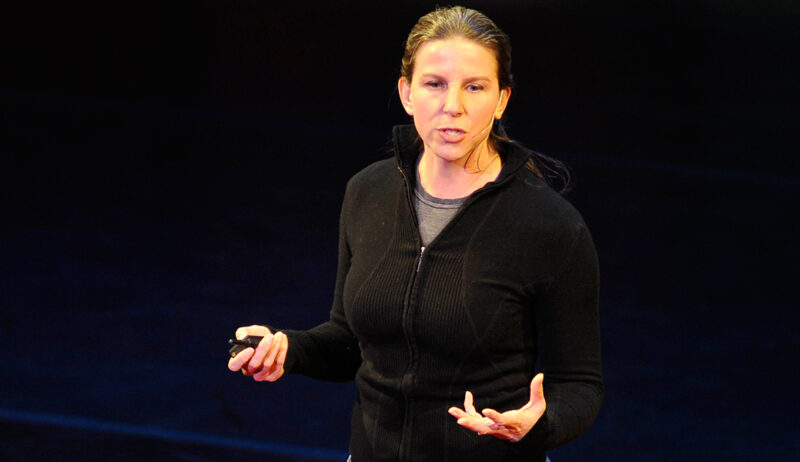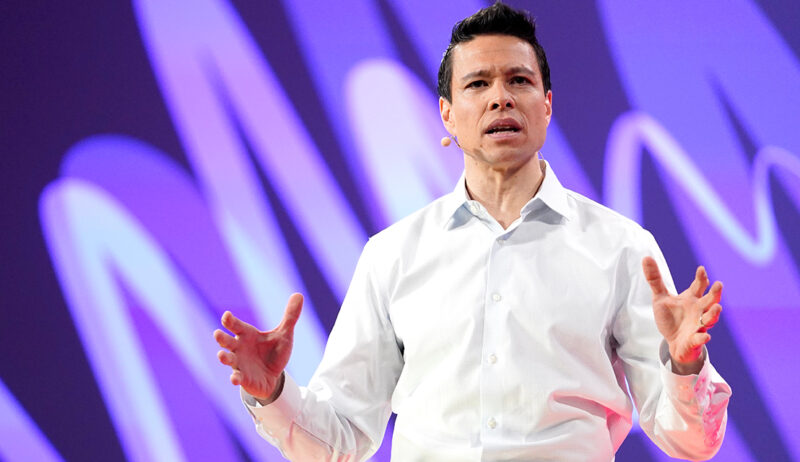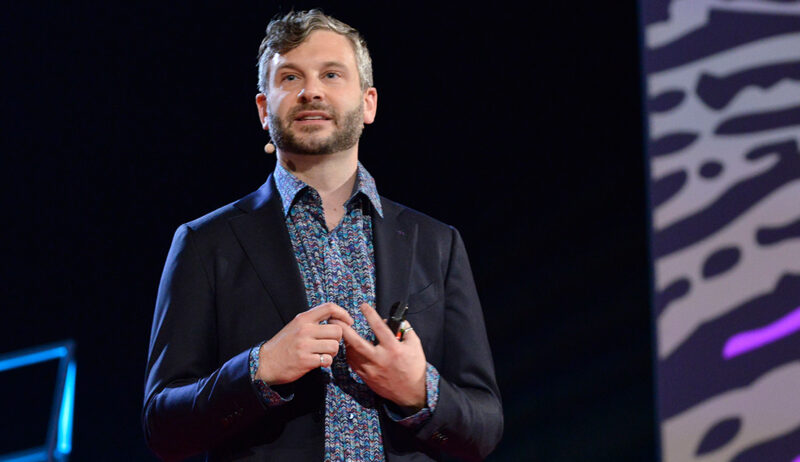About this Conversation
COVID isn’t the only pathogen that causes post-acute long term symptoms including intense fatigue, brain fog, chronic pain, and shortness of breath. Lyme disease, myalgic encephalomyelitis/chronic fatigue syndrome (ME/CFS), Epstein Barr, and others also do so. The development of chronic disease after acute viral, bacterial, or parasitic infection is called post-acute infection syndrome (PAIS). How and why these pathogens lead to lingering symptoms is not yet well understood. In this TEDMED Conversation, Lisa Sanders, MD, FACP, & Medical Director, Long Covid Clinic, Yale Hospital, and Kelly Thomas, PhD, Director of Scientific Content, TEDMED, discuss why our focus should broaden beyond understanding Long COVID to include understanding other post-acute infection syndromes.
Related resources:
-Unexplained post-acute infection syndromes. https://www.nature.com/articles/s4159…
-The mystery of Long COVID is just the beginning. https://nymag.com/intelligencer/artic…
-The New York Times: Diagnosis. https://www.nytimes.com/by/lisa-sande…
-Yale New Haven Health: The Long COVID Program. https://www.ynhhs.org/patient-care/lo…
-Diagnosis: Solving the Most Baffling Medical Mysteries. https://www.amazon.com/Diagnosis-Solv…
About Lisa Sanders
See more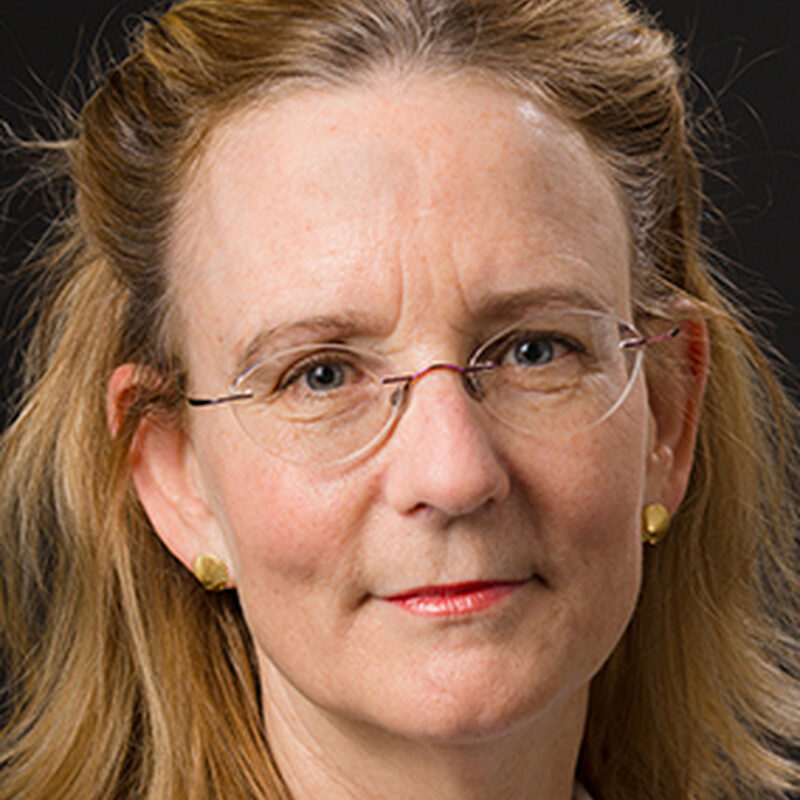
About Lisa
Dr. Lisa Sanders is a board-certified internist and an Emmy award-winning producer for CBS News. She is widely known for her popular New York Times Magazine column, “Diagnosis”, where she writes about the challenging process of solving medical mysteries. She is known for her ability to explain complex medical science in a way that is easy for a general audience to understand. Her column was the inspiration for the popular TV show “House, M.D.,” for which she also served as a consultant. Her work was also adapted into the Netflix documentary series “Diagnosis”. In the series, Lisa follows eight patients with puzzling symptoms, using a method she pioneered: crowdsourcing. By sharing the patients’ stories in the New York Times, she invites readers—including doctors, medical students, and other experts—to offer their insights, which helps lead the patients toward a final diagnosis. This approach harnesses the “wisdom of the crowd” to solve medical puzzles that have stumped traditional doctors.
